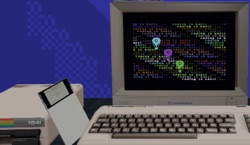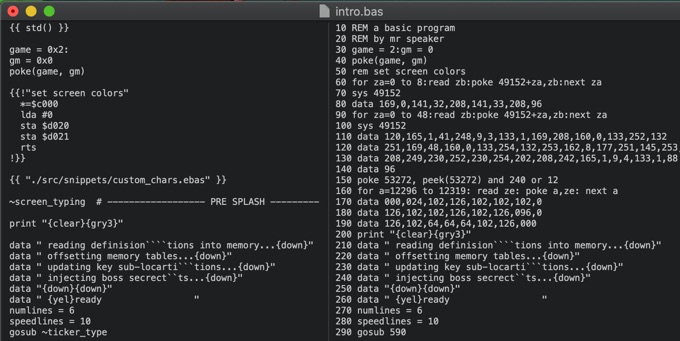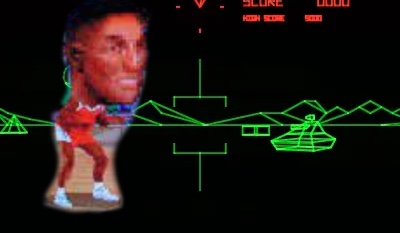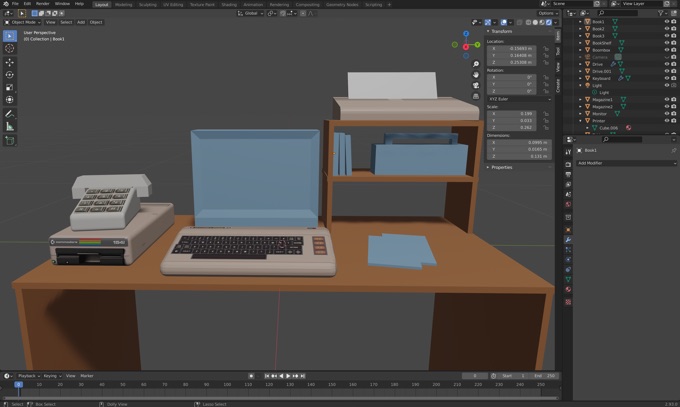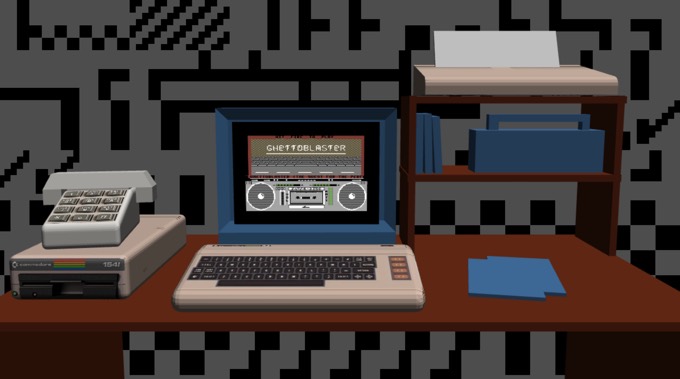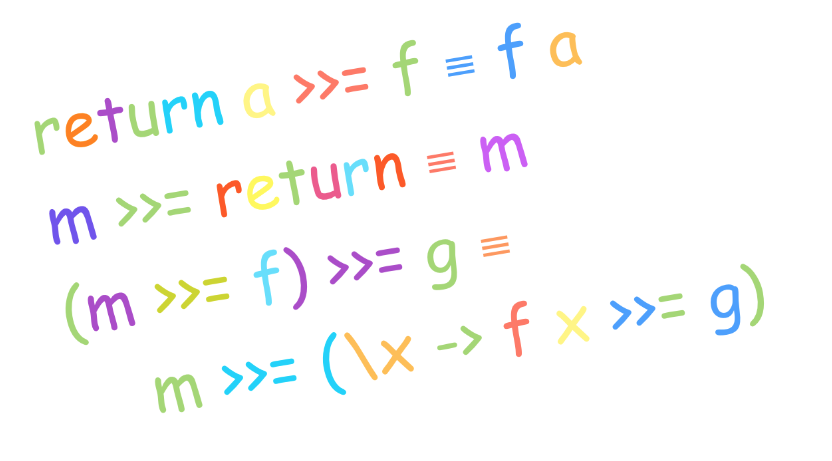When I de-bloated my piece of the web, I noted that the largest asset I was serving on my blog was a local version of jQuery - coming in at some 70+ kilobytes - that "I still need to insert into the head of my page for historical reasons: 15 years ago I in-lined lots of my wacky JavaScript experiments".
But things change: we are now in the middle of a bloat-a-demic. Web sites are tracking and expanding far beyond sustainable levels... and emergency measures must be taken.
So I have done the unthinkable. I have pulled the plug on JavaScript on my blog. All of it. Now the total number of network requests (not counting any images inside of posts) comes in at six (6):
- / : 35k
- style.css : 7.7k
- mrman-up.jpg : 43k
- mrspeaker.png : 17k
- mrman.jpg : 43k
- favicon.ico : 1.5k
And `mrman.jpg` and `mrman-up.jpg` are the same image, flipped vertically - so I should certainly lose one of them. 1.5k for a favicon seems a bit hefty - I should check that. And I did some more tweaking of my old php software and made the html output prettier and leaner, but I'm sure there's more to improve in there too.
Naturally, "no scripts" means my wacky JavaScript experiments have been killed dead… and that simply can not stand. I'll commence the long process of de-jquery-fying them and making them run stand-alone (mostly they were just using JQuery for the `$(document).ready` anyways).
But it feels pretty good to go cruft-free. Having dropped the kilobytes (down originally from around 5Mb (!) to around 200k for a full page of posts) I feel like a whole new webmaster. A giant weight has been lifted.
Until the next big web trend comes along, of course.
